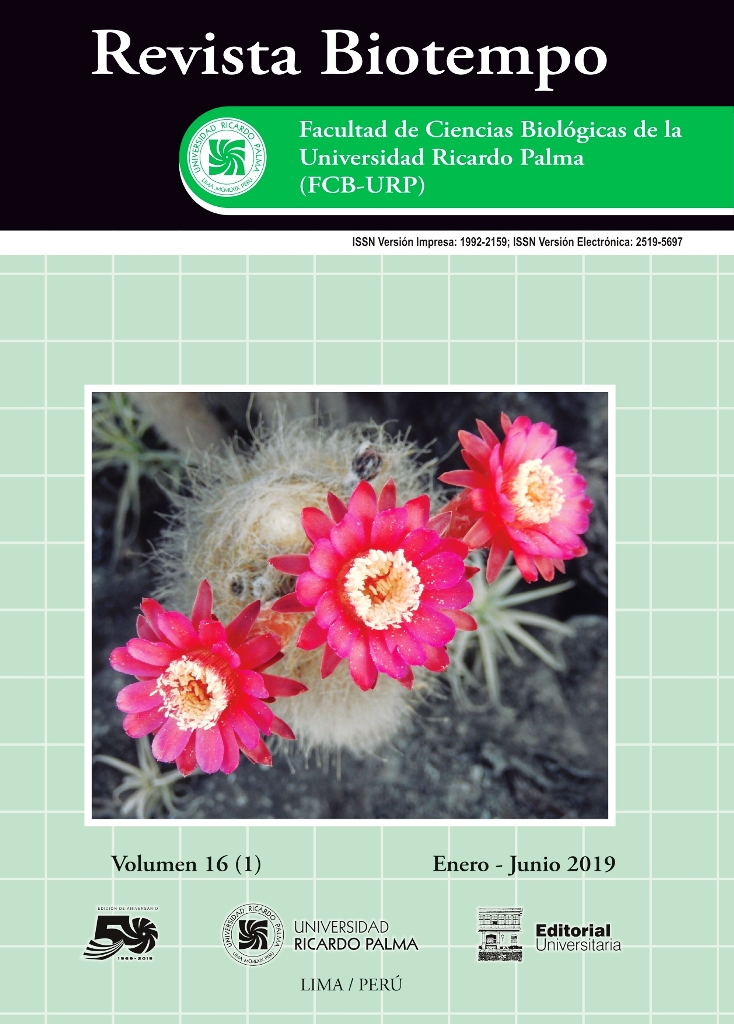ANATOMOPATHOLOGICAL ASSESSMENT OF EXOSTOSIS AND ITS SECONDARY PREVENTIVE EFFECTS: CASE RECORD
DOI:
https://doi.org/10.31381/biotempo.v16i1.2177Abstract
The purpose of this study was to assess the anatomopathology of exostosis and its secondary preventive effects as a case report. The 46-year-old patient was registered at the Dentistry Clinic belonging to the National University “San Luis Gonzaga” of Ica, Peru, where the evaluation of the aforementioned ailment was carried out through the biomedical design of the longitudinal-observational study. Among the reports mentioned, pain in the posterior molars during chewing, low hearing, abrasions in the anterior teeth, bilateral swelling in the externalized mandibular body (lower part) and difficulty in oral communication were reported. Diagnosis included anxiety (which led to the presence of onychophagia, nailbiting), smoking habits, chronic otitis and medication of alendronate (bisphosphonates). The radiograph indicated a 5.0 mm mandibular exostosis. During the completion of the clinical history, the practice of swimming was described from an early age and probably could be the cause of chronic otitis. Th e scientifi c literature revealed that exostosis is frequent in people from 20 to 30 years of age in whom temporomandibular dysfunctions related to bruxism are associated with depression, anguish and uncertainties. Th e medication of alendronate for osteosporosis and smoking habit in the face of anxiety perhaps acted in synergy causing auditory exostosis.










